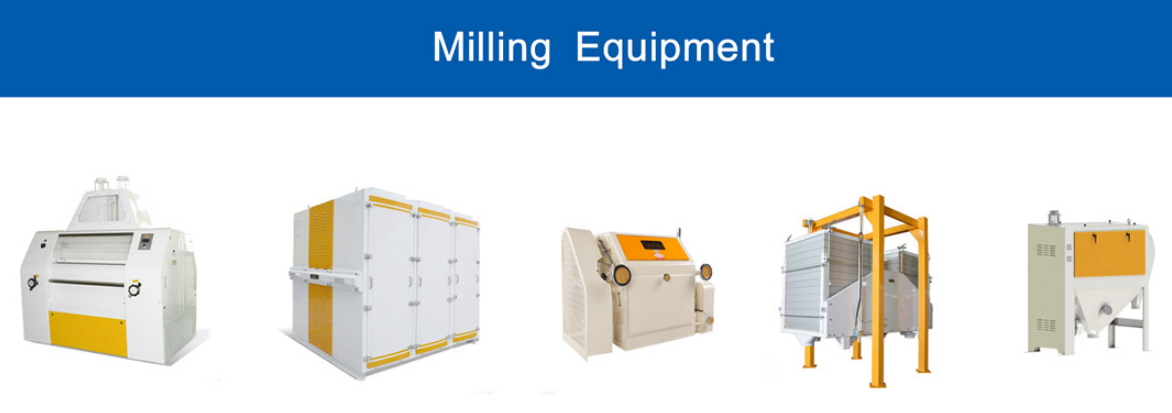Maize, or corn, is a globally cultivated crop valued for its nutritional content and diverse industrial applications. Among its most common uses is the production of maize flour, which serves as a key ingredient in food products, animal feed, pharmaceuticals, and various industrial goods. A maize milling plant plays a crucial role in converting raw maize kernels into flour. Pingle, a renowned manufacturer of maize milling equipment, provides top-quality solutions for businesses worldwide. This article explores the components of a maize milling plant and their roles in producing maize flour.
The maize milling process begins with cleaning the raw maize kernels. This critical step removes impurities such as stones, dust, and broken kernels, ensuring only whole and clean kernels proceed to the milling phase. Pingle's advanced cleaning system leverages cutting-edge technology to efficiently separate maize from unwanted materials.
Following cleaning, the maize kernels undergo conditioning, a crucial step to enhance milling efficiency and product quality. Conditioning involves applying moisture and heat to soften the husks, making them easier to grind. Pingle’s conditioning system ensures precise control of moisture and temperature levels to achieve optimal results.

The milling equipment serves as the core of a maize milling plant. It comprises various machines that grind the conditioned kernels into maize flour. The process typically progresses through multiple stages, beginning with heavy-duty rollers to crush the kernels. Subsequent stages refine the flour texture through precision grinding. Pingle provides an extensive range of milling equipment, including traditional roller mills, advanced hammer mills, and vertical mills, catering to diverse production needs and specifications.
Once the milling process is complete, the maize flour undergoes grading and separation to ensure consistent quality and uniform particle size. This system involves passing the flour through multiple screens with varying mesh sizes. Each screen filters the flour into distinct grades based on particle size, ensuring that only the desired grade proceeds to the next step. Pingle’s advanced grading and separation systems deliver precise classification and maximize yield efficiency.
The final stage of a maize milling plant is packing and storage. The processed maize flour is packaged into containers of various sizes according to customer requirements. Pingle provides modern packing machines designed for maximum hygiene and precision. To preserve the quality of the flour, the storage facility must be clean, dry, and well-ventilated, ensuring a long shelf life for the final product.
A maize milling plant is an integrated system where each component, from cleaning and conditioning to milling, grading, and packing, plays a vital role in producing high-quality maize flour. Pingle offers end-to-end maize milling solutions designed to maximize efficiency, ensure superior quality, and enhance profitability for businesses.
With cutting-edge equipment and expert technical support, Pingle empowers customers to excel in the maize flour industry. To learn more about our maize milling plants or request a customized quote, contact us today. Our team is here to support your success in the maize flour market.
Copyright © Hebei Pingle Flour Machinery Group Co., Ltd. All Rights Reserved | Sitemap | Technical Support: 